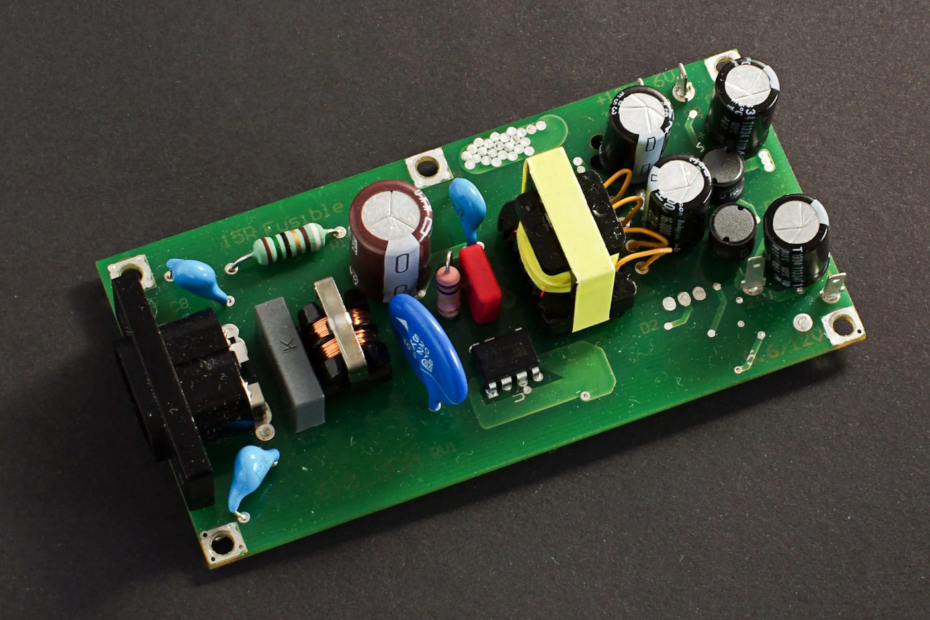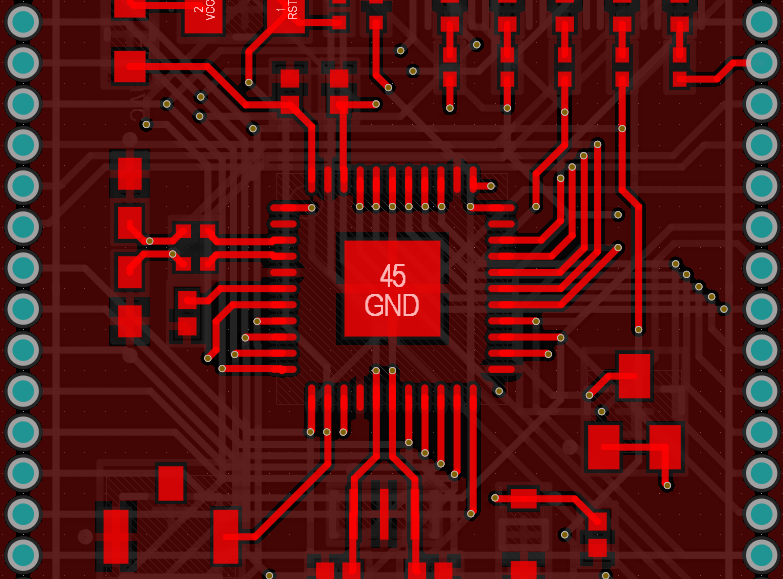Setting Your Personal Electronics Lab: What Do You Need?
Welcome to the world of electronics! Whether you’re a hobbyist or a professional, having a personal electronics lab is an exciting step towards exploring the wonders of electronics engineering. As an experienced and professional electronics engineer with over a decade of experience as both a hobbyist and professional, I can assure you that having your own personal lab offers countless benefits for your future career. Your personal lab will serve as your sanctuary for creativity and experimentation, enabling you to work on projects at your own pace and explore your ideas freely. In this article, and based on my long… Read More »Setting Your Personal Electronics Lab: What Do You Need?


